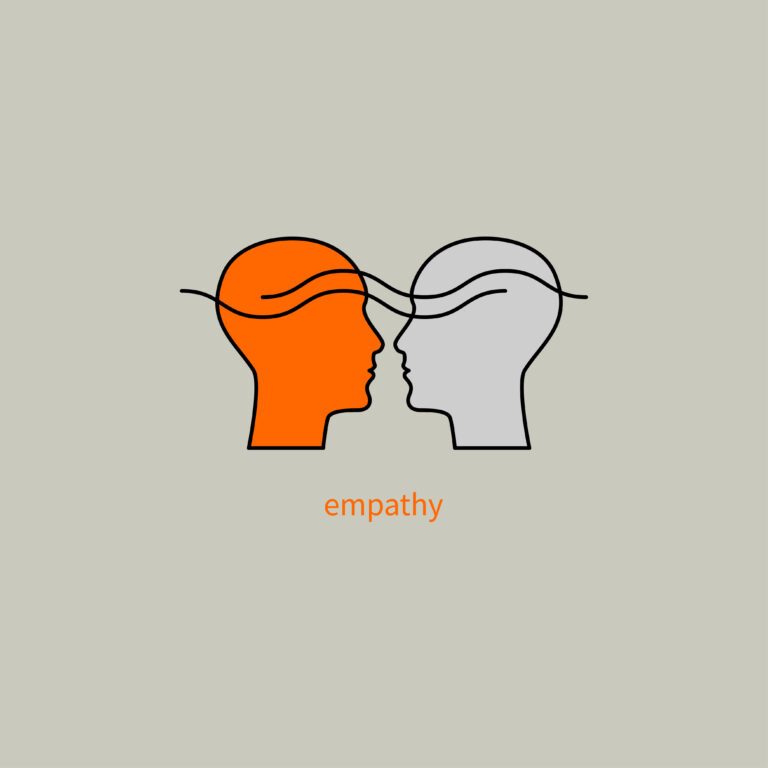Customer retention is one of the most important metrics you can track
Companies often track metrics to understand the health of their digital products. These might include the number of new customers that sign up, how many people abandon the process, and where new customers come from. But one metric that some products may not be tracking is customer retention.
This metric is the number of customers businesses keep. It’s an important metric for understanding how well a product is doing over time. By tracking this number, companies can make adjustments which can make a big difference to revenue.
How do we define customer retention?
Customer retention is the number of customers — and their revenue — that a company keeps over time.
Why is customer retention important?
Customer retention is important because the cost to acquire new users is typically higher than retaining existing ones. According to sales experts, the cost of acquiring a new customer versus an existing customer is five times higher. What’s more, by retaining just 5 percent more of existing customers, companies can increase their profits up to 95 percent.

Customer retention may not be prioritized
Depending on the company and the product, it’s often sales teams that get the most attention in an organization. Closing new deals may be rewarded in a different — and bigger — way than upselling or retaining a current customer.
This attitude is short-sighted.
The cost of maintaining an existing customer is far lower than acquiring a new one.
Are customer retention and user retention the same?
Customer retention and user retention are related, but they can be different, depending on the digital product. You should think of “customers” as paying accounts. “Users” may be users within an account. The metrics could be the same, but they may also be independent, depending on how customers use the product.
Let’s use an example to illustrate what we mean.

Imagine we have a health tracking app that customers can use to track their exercise sessions. Our health tracking app service has two levels of customers. On the one hand, our company offers a consumer subscription that allows exercisers to track their health metrics directly. In this version, the user and the customer are the same.
On the other hand, our company also offers a professional version of our app. This version is for gym owners to manage their clients. These accounts may have multiple users — gym employees and personal trainers — who use the app to manage their clients. In this case, the customer — the account owner / gym owner — may not be the same as a user / personal trainer.
How customers differ from users
For our consumer app, it’s safe to assume that the user and the customer who pays for the account are the same. The user experience issues that affect retention could be closely monitored. Problems in the user interface and the overall user experience may directly affect whether or not a customer is retained or not.
In our professional version of the app, this is a little trickier. Personal trainers may come and go as users, and the reasons may have nothing to do with whether the user experience is good or not. It may be due to job changes or the work environment. The account owner may continue being a customer regardless of these changes.
However, user retention metrics could signal future customer retention. If the user retention rate drops because the user experience is poor, we may later see account cancellations as a result.
Determining digital product health
Customer retention metrics can help companies understand the health of some aspects of customer service. When you measure customer retention, you can understand what’s happening with customers and act quickly if there are signs that something isn’t working.
According to a NewVoiceMedia report cited in Forbes, losing customers costs businesses more than $75 billion. Losing customers isn’t always the fault of the user experience. UX is just one part of customer success. However, while measuring retention of our digital products may not uncover every customer service issue, it will help.
“If you can’t measure it, you can’t improve it.” — Peter Drucker
This is true for customer retention as well. Only by measuring and evaluating how businesses hold onto their customers can change take place.
How do we measure customer retention?
Customer retention is a comparison of customers over a specific period of time, such as a month, quarter, or year. At its simplest, you measure the number of customers at the beginning of the period and compare this to the number of customers at the end of the period — controlling for new customers you acquired during this time.
Let’s use our example to illustrate how measurement works. We’ll return to our health tracking app. Let’s imagine that we want to understand retention over the course of a month.
- First, we need to know how many current customers are using our app at the start of the month.
- Next, we need to know how many subscribers we have at the end of the month.
- Then, we need to remove any new subscriptions we captured during the period.
- Finally, we calculate the rate of retention.

For example:
- Customers at the start of the period: 100
- Customers at the end of the period: 105
- New customers gained in the period: 10
- Customer retention rate: (B-C)/A= 95%

HubSpot has a free customer retention rate calculator that helps calculate this for you.
Related customer success metrics
There are multiple metrics within or related to customer retention that you can track. These metrics include:
- Churn rate
- Subscription renewal rate
- Existing Customer growth rate
- Loyal customer rate
- Customer lifetime value
Let’s dive into three of these customer metrics to understand what they mean.
Churn rate
For digital products, this is the percentage of customers that stop using or subscribing to your product. Churn rate is related to retention rate, but instead of looking at the number of customers you have successfully kept, it focuses on the customers you have lost.
Subscription renewal rate
Subscription renewal rate is the percentage of customers who actively decide to continue doing business with your company or continue using your product. It’s very similar to retention, but in this case, it’s an active engagement. The customer must actively renew their subscription to your digital product. Measuring this rate is an indicator of customer intent and can help you determine if customers find your product valuable.
Customer lifetime value
Calculating the lifetime value of a customer can help you understand the total worth of a customer to the company. This is calculated by measuring the total revenue generated by one customer.
Because the cost of acquiring new customers is much higher than retaining existing customers, businesses can drive growth by increasing the total value of existing customers.
What influences customer retention?
Customer retention can be influenced by factors in your digital products as well as how you handle customer service as a whole.
According to the NewVoiceMedia report, frustrated customers leave when they don’t feel appreciated, are kept on hold for long periods of time, experience rudeness and unhelpfulness, or can’t talk to people who can help them. These metrics are often measured outside of the digital products.
The experience of the digital products themselves also affects customer experience and retention. These include:
Information architecture
Is your application easy to navigate? Do users understand what they need to do next to access the features they need?
UX designers — like Standard Beagle — can evaluate the experience of the information architecture by conducting an IA analysis. This audit is an expert review of the information structure and how users flow through the application.
Additionally, we conduct usability testing to identify areas of the application that are frustrating for users. We may also do a heat map analysis or analytics analysis to review quantitative metrics about how users interact with the digital product.
By combining these methods, we can triangulate our research to hone in on what areas cause users to abandon the product or grow frustrated with the experience.
Design consistency
Is the overall design consistent or do users need to relearn design patterns frequently to use your application? Are users feeling confused or frustrated when they can’t find what they are looking for?
We evaluate the UI through a heuristic approach — this is an expert review of a product to see how it stacks up against design standards, such as Nielsen’s 10 usability heuristics. UX designers also conduct usability testing to identify confusion in the interface.
UX designers implement a design system in the UI to bring consistency to a digital experience. This is a worthwhile project to ensure that users don’t feel confused as they interact with the product.
Accessibility and inclusiveness
Are all users able to access the features they need? Accessibility and inclusiveness in the design should not be considered an add-on. Instead, they should be an integral part of the overall usability of the product. It’s also the law.
Mobile accessibility is covered by the Web Content Accessibility Guidelines. UX designers — like Standard Beagle — perform accessibility audits to consider how a user moves through a digital product and what constraints they may have — whether they be permanent, temporary or situational.
You can learn more about the user experience factors that affect customer retention in our article “5 UX Blunders: Customer Retention.”
A final example
Let’s go back to our health tracker app. Imagine we’ve been tracking customer retention quarterly for the past two years and we see this:

Year 1
- Q1 – 95%
- Q2 – 85%
- Q3 – 90%
- Q4 – 90%
Year 2
- Q1 – 85%
- Q2 – 80%
- Q3 – 75%
- Q4 – 70%
Something is wrong. Our retention rate is on a downward trajectory in Year 2, and we need to understand what’s happening.
We may discover that our customer service reps are doing everything well, and it appears that the issue is in the product interface itself.
At this point, it may be appropriate to bring in an expert team of UX researchers and designers to review the product and uncover the root cause for the retention rate slipping — before it drops even further.
In conclusion
Customer retention is an important metric to track for overall business success. It’s highly valuable for understanding the value customers place on your digital products. And by watching these metrics, you may uncover an issue that needs deeper evaluation of the user experience in the UI.
Resources
- AppCues→ https://www.appcues.com/blog/customer-retention-metrics
- HubSpot→ https://blog.hubspot.com/service/customer-retention-metrics
- ProductCraft→ https://productcraft.com/best-practices/product-management-101-retention/
- Testing Time→ https://www.testingtime.com/en/blog/important-ux-kpis/
- Outbound Engine→ https://www.outboundengine.com/blog/customer-retention-marketing-vs-customer-acquisition-marketing/












